Risk Management
Acer Gadget follows Acer Group’s risk management framework and references international standards (GRI 102-30, GRI 102-31, ISO 31000 and 37301, and the COSO ERM framework) to establish a risk management system tailored to its operations. To strengthen corporate governance, ensure business stability, and enhance resilience, management has designed and implemented a comprehensive process covering four key steps: risk identification, assessment, response, and control. Cross-departmental collaboration reinforces execution and continuous improvement. While the framework has not yet been submitted to the Board for review, Acer Gadget will consider presenting it for formal review and approval in the future to align with governance transparency and stakeholder expectations.
Risk Management Policies and Procedures
Acer Gadget’s risk management policies and procedures cover the following core aspects to ensure that risk management is effectively integrated into daily operations and supports the achievement of corporate objectives:
Risk Management Objectives
Risk Governance and Culture
Risk Management Organization and Responsibilities
Risk Management Procedures
Risk Reporting and Disclosure
Risk Management Procedures
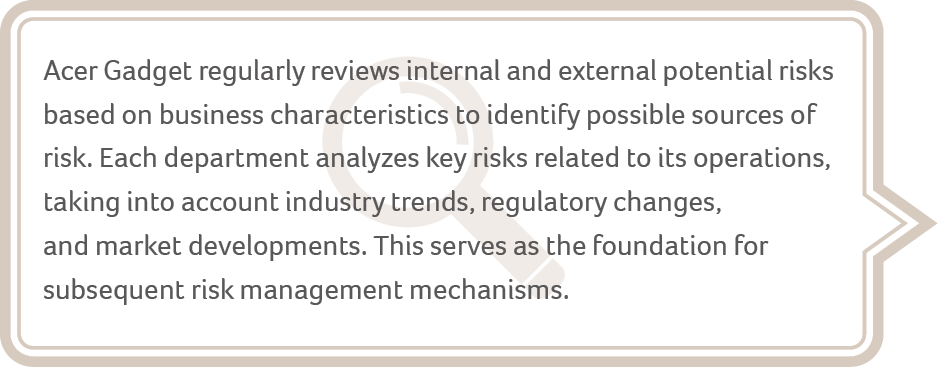
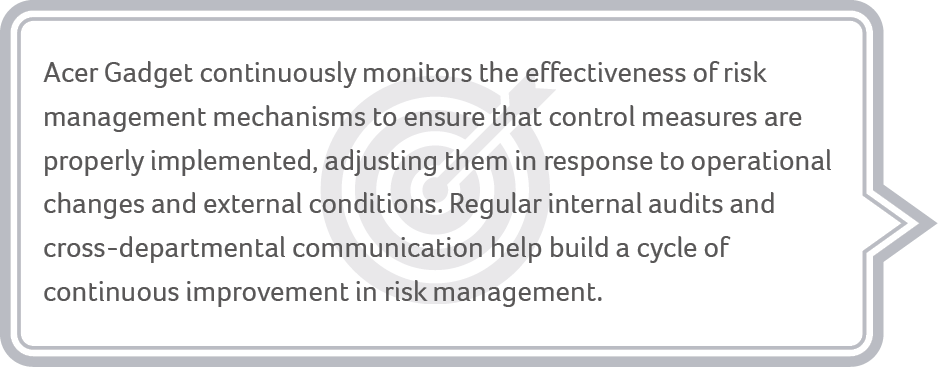
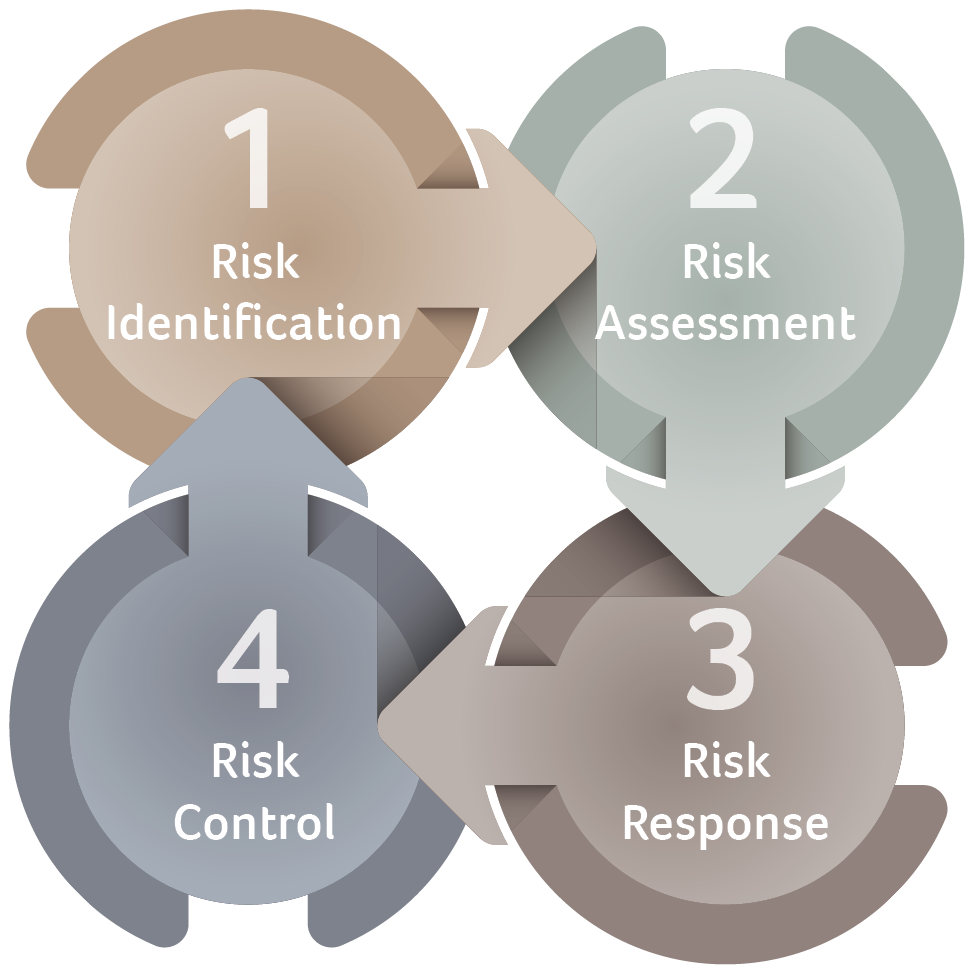
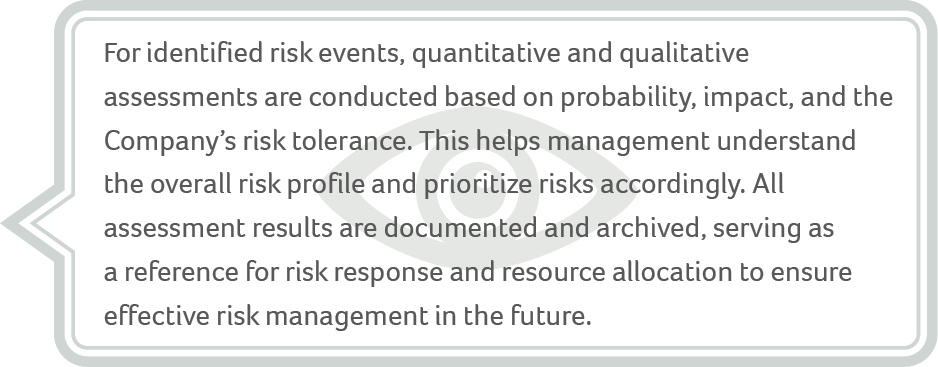
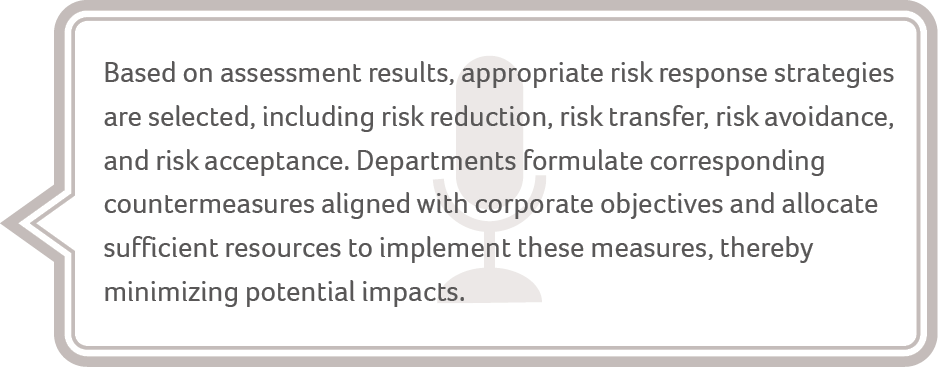
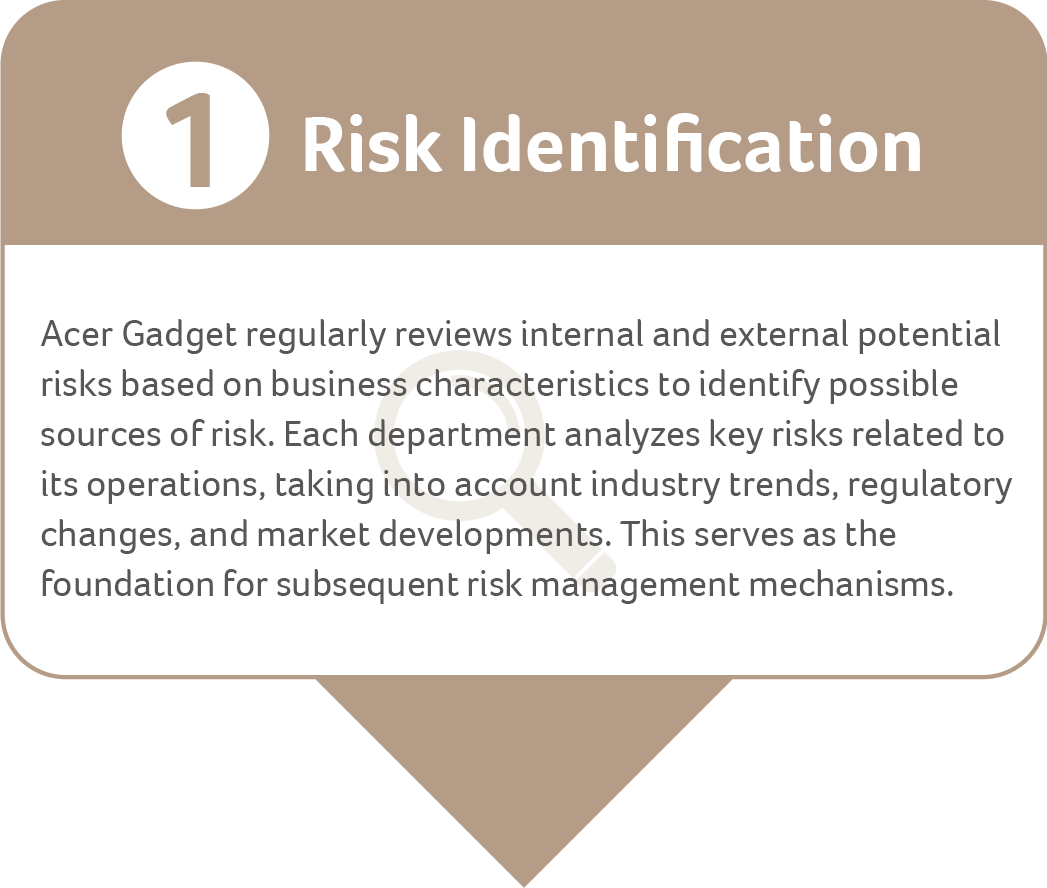
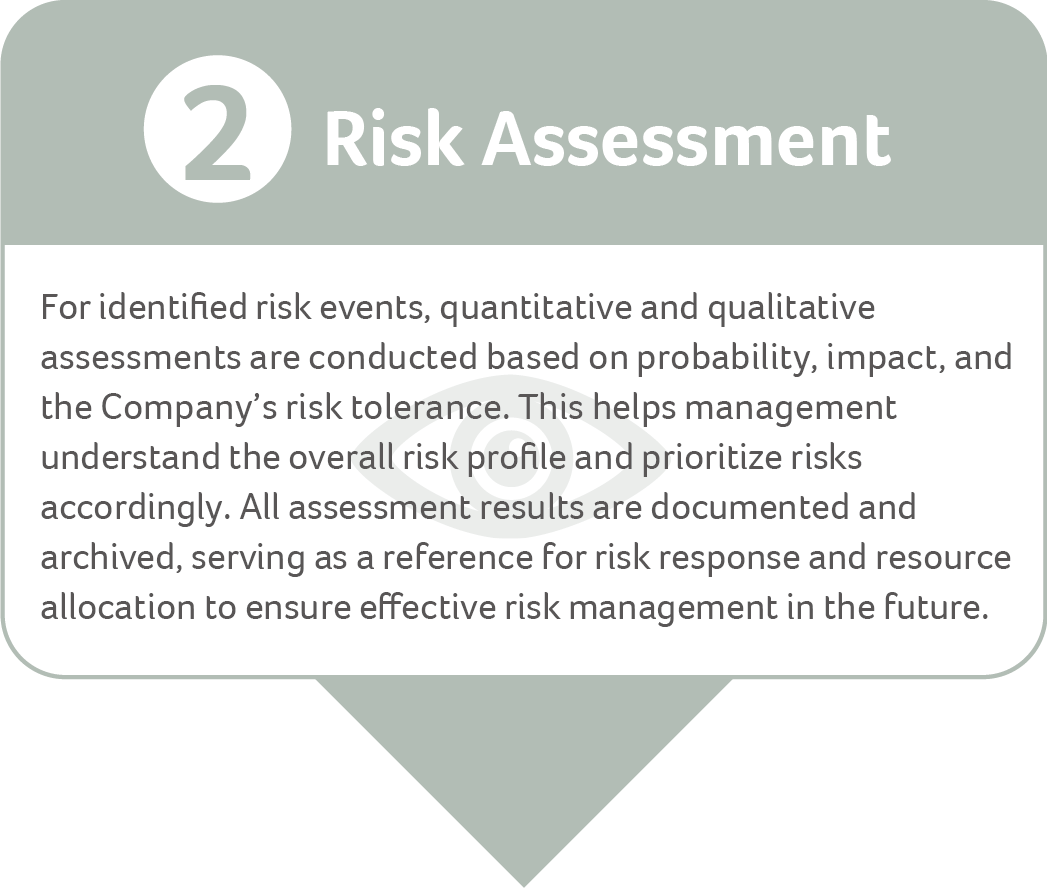
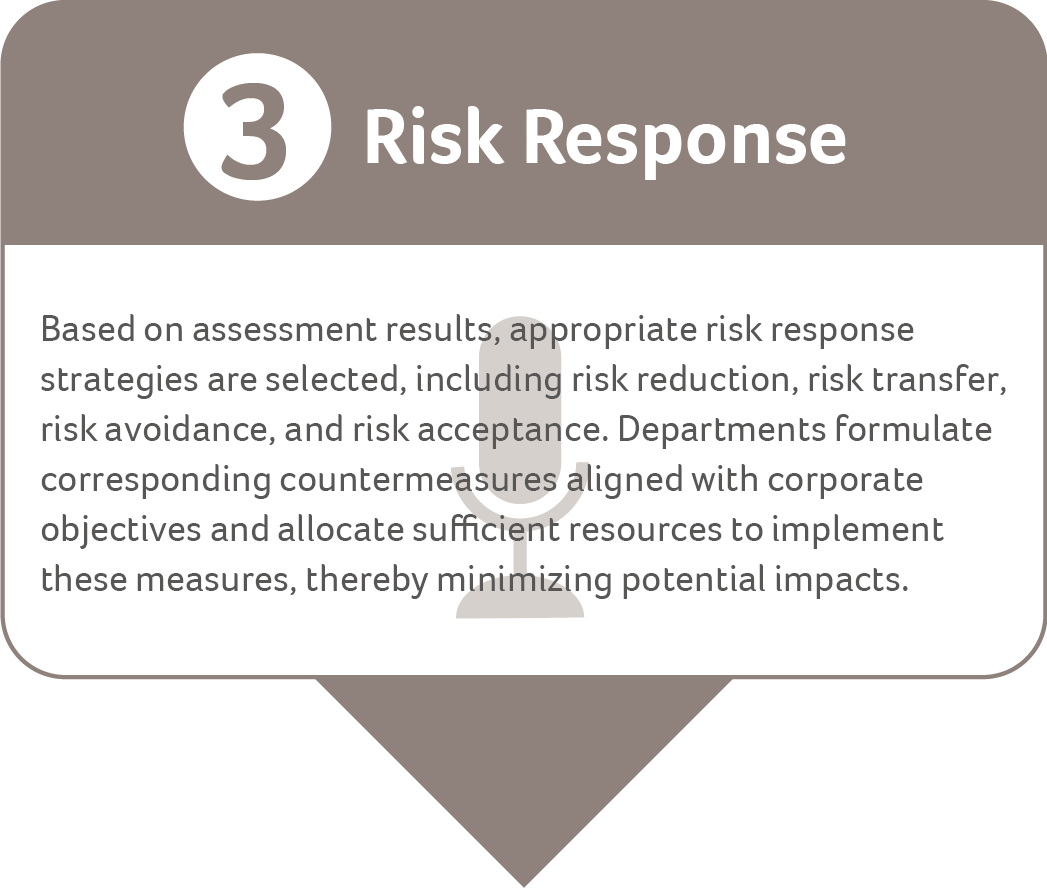
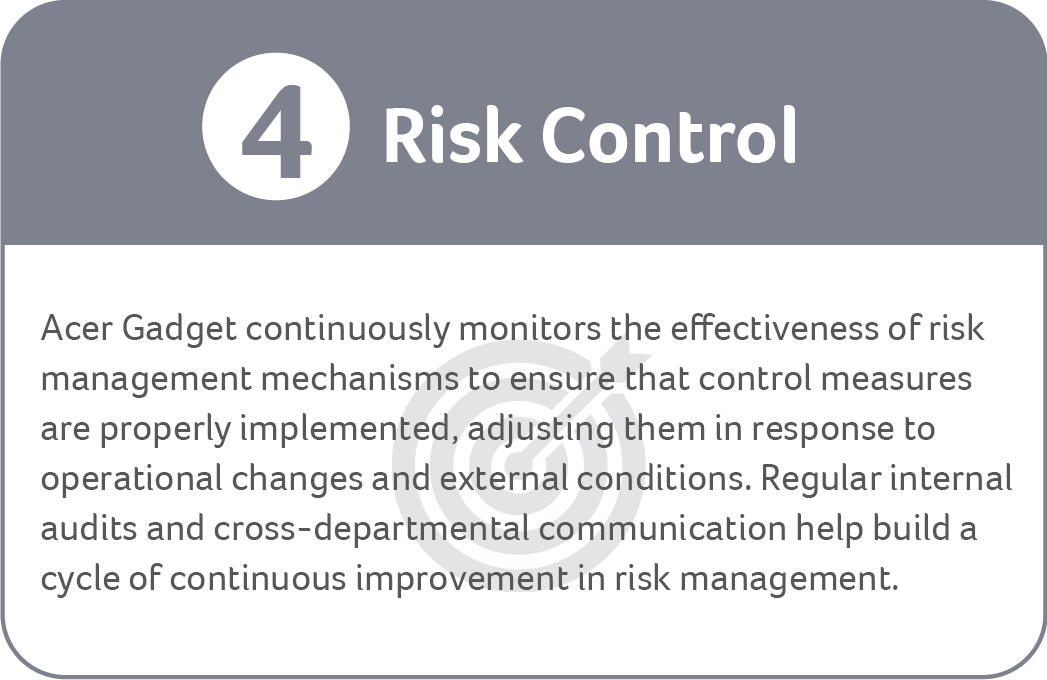
Risk Categories and Management Strategies
Based on operational characteristics, Acer Gadget classifies risks into five categories and develops concrete strategies through cross-departmental collaboration to strengthen organizational resilience. Regular reviews of internal and external risk response strategies are conducted to optimize risk control processes.
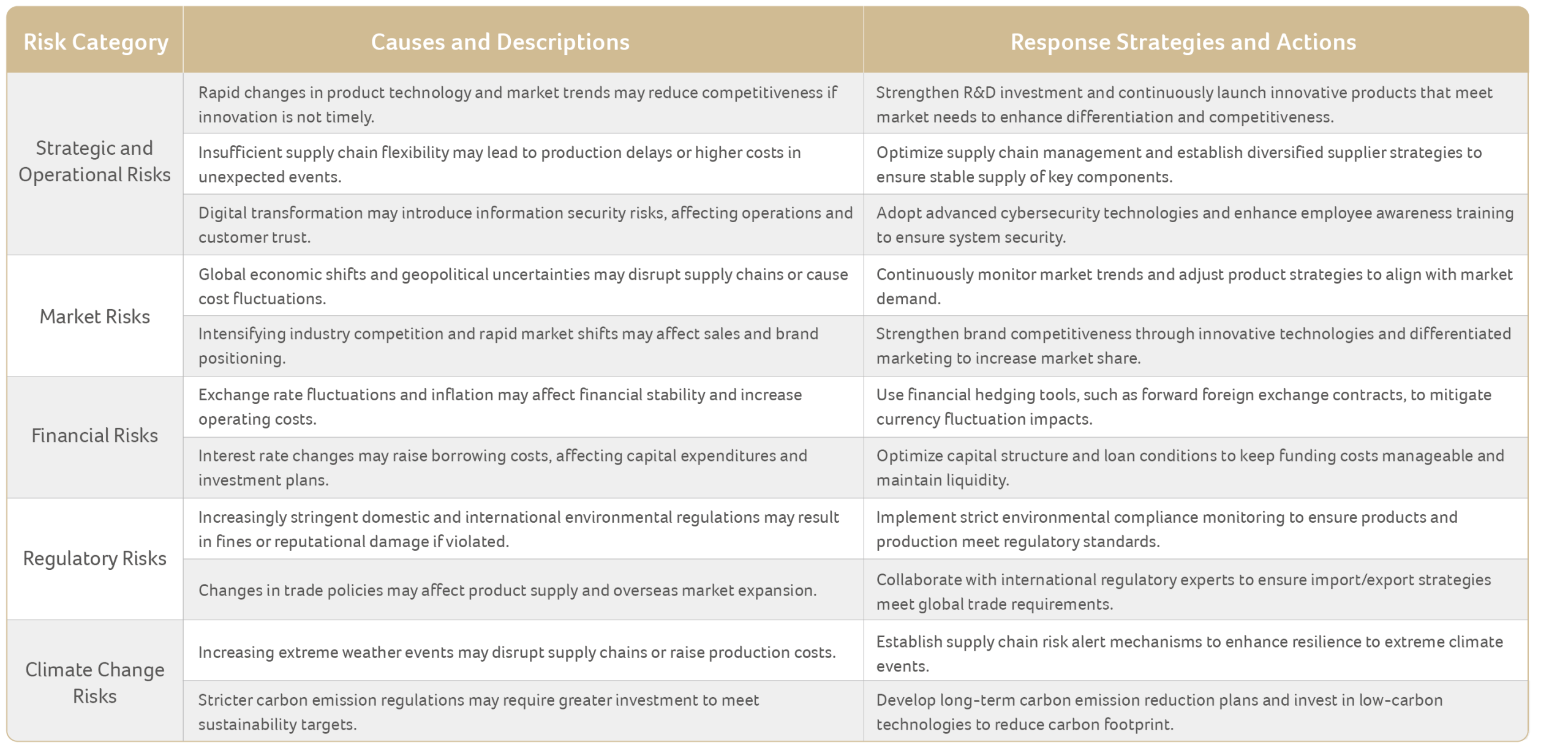
Risk Response and Oversight
Acer Gadget tracks past and potential risks to ensure effective management, with mechanisms refined by management and adjusted to environmental changes. The Company continues to align risk oversight with global standards to enhance resilience and competitiveness.
